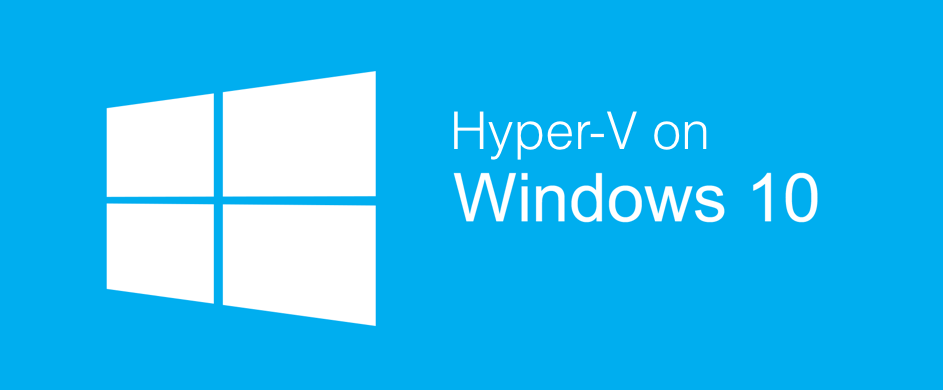

Take a look at this quick tip to change your network location to private. If it is not set to private, the commands in step 5 will fail.
Make sure your network connection location is set to private. Navigate through the list of features and check the Hyper-V GUI Management Tools and then click OK. Click on the Start Button and type in Turn windows features on or off and hit Enter. Make sure to hit Y to confirm you want to enable CredSSP. 
At a PowerShell prompt, run the following commands:Įnable-PSRemoting Enable-WSManCredSSP -Role server.
 Click on the Start button, type in Windows PowerShell and hit Enter. Log into your Windows server with an administrative level account. If you are in the same boat as me, below I detailed each step I took so that you too can remotely manage a Windows Server 2016 Hyper-V server from Windows 10.įirst, we need to configure the Hyper-V host to accept remote connections: With a few minor tweaks, I was finally able get it working. It wasn't until I stumbled across this TechNet article that inspired me to give local Hyper-V manager client a second chance. It seemed no matter what I tried, I ran into various issues trying to get my Windows 10 PC to authenticate to the Hyper-V host. I tried to use the Hyper-V Manager client on my Windows 10 PC to connect to my Hyper-V host unsuccessfully for months. To work around the problem I would typically RDP to the server to use the Hyper-V Manager on the server. But like most home labs, and the rest of the PCs in my house, they are not joined to a domain which can make remotely managing Hyper-V difficult.
Click on the Start button, type in Windows PowerShell and hit Enter. Log into your Windows server with an administrative level account. If you are in the same boat as me, below I detailed each step I took so that you too can remotely manage a Windows Server 2016 Hyper-V server from Windows 10.įirst, we need to configure the Hyper-V host to accept remote connections: With a few minor tweaks, I was finally able get it working. It wasn't until I stumbled across this TechNet article that inspired me to give local Hyper-V manager client a second chance. It seemed no matter what I tried, I ran into various issues trying to get my Windows 10 PC to authenticate to the Hyper-V host. I tried to use the Hyper-V Manager client on my Windows 10 PC to connect to my Hyper-V host unsuccessfully for months. To work around the problem I would typically RDP to the server to use the Hyper-V Manager on the server. But like most home labs, and the rest of the PCs in my house, they are not joined to a domain which can make remotely managing Hyper-V difficult. 
My setup is built on Windows Server 2016 and I use Hyper-V to host a number of virtual servers and workstations for testing. This makes it a prime candidate for anyone with a home lab. It has broad hardware support, costs nothing extra, and can easily be enabled on Windows Server. I have grown to be a fan of Hyper-V over the years.








 0 kommentar(er)
0 kommentar(er)
